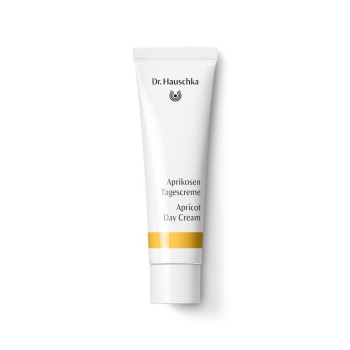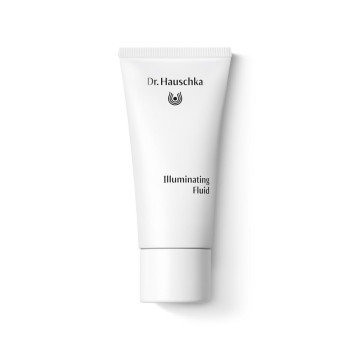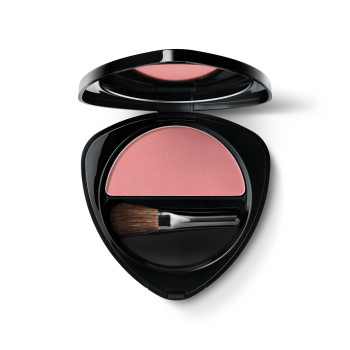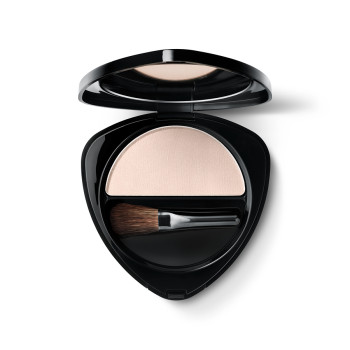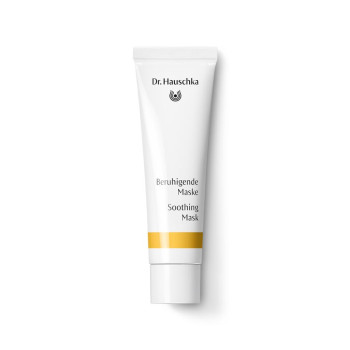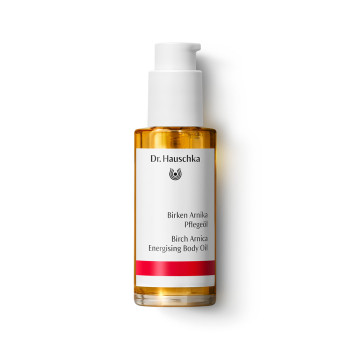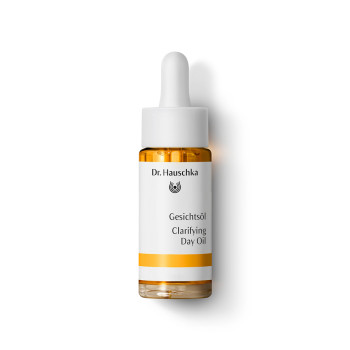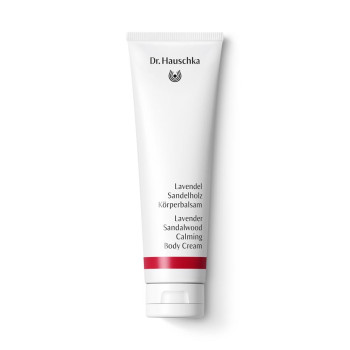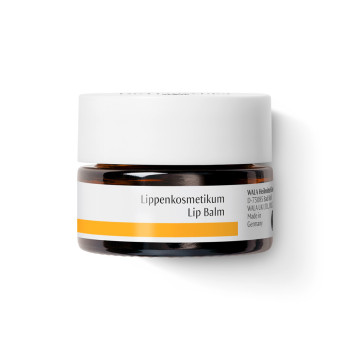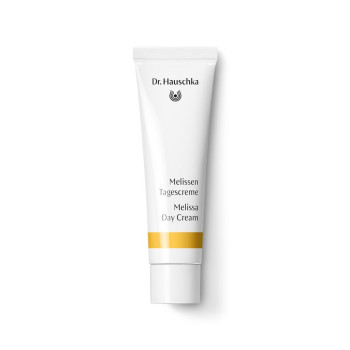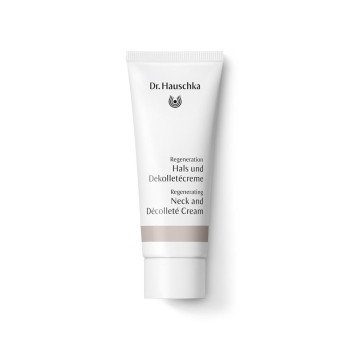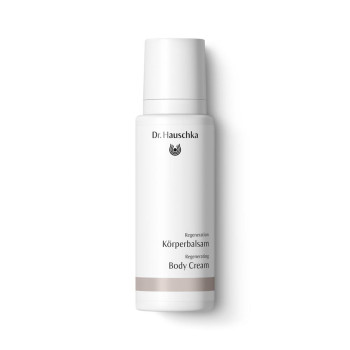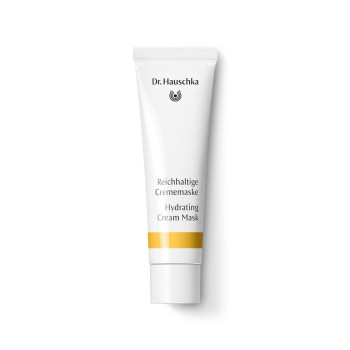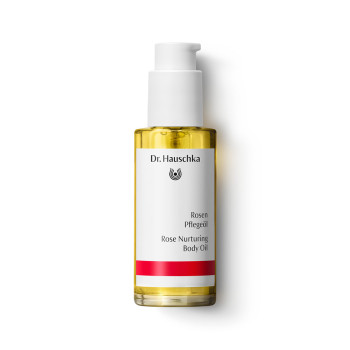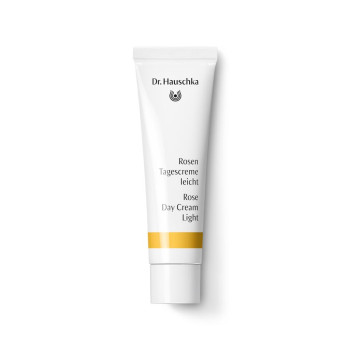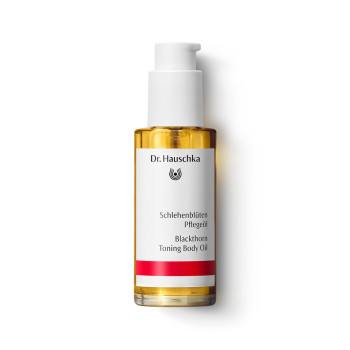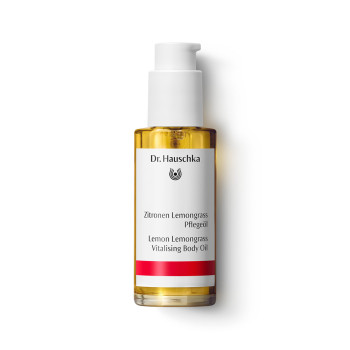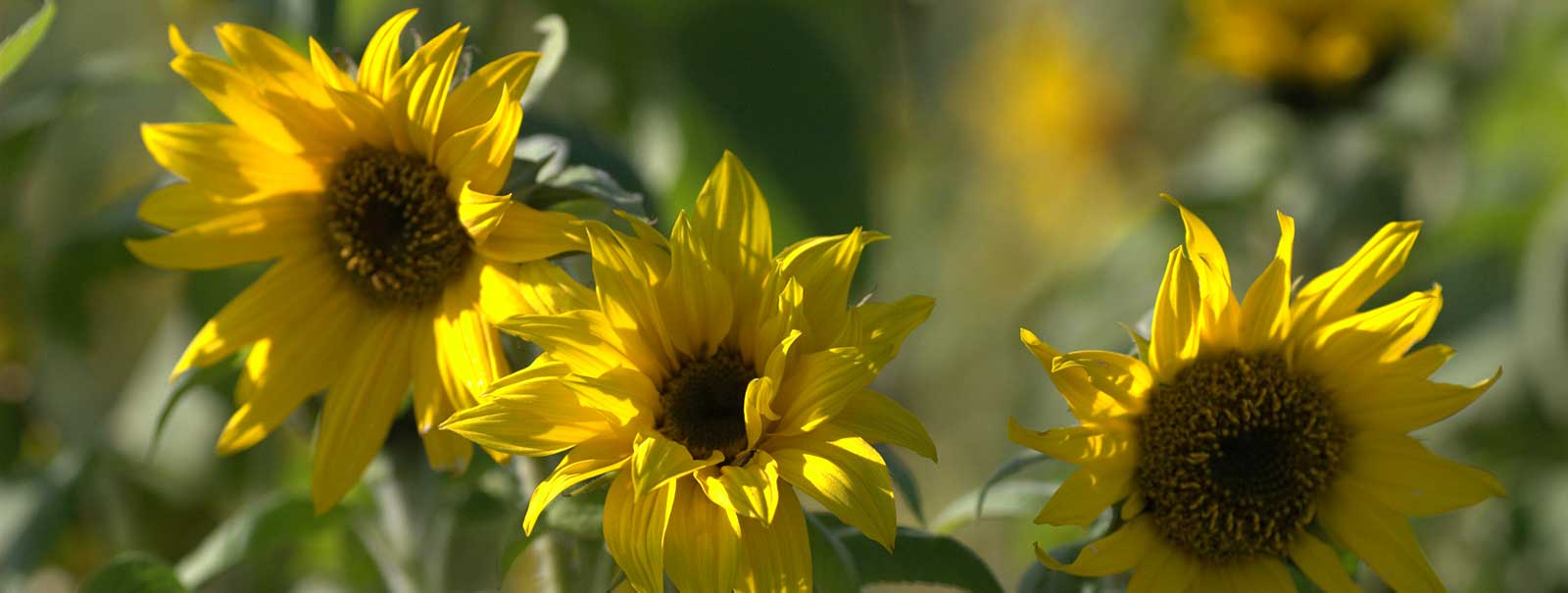
Sunflower
Synonyms:
Scientific Name: Helianthus annuus L.
Family: Asteraceae (Compositae)
Habitat
Mexico and Peru.
Constituents
Ray flower leaves: Flavone glycoside, xanthophyll. Oil: Unsaturated fatty acids, principally linoleic acid, Vitamin E.
Description
Everyone knows the fields full of bright yellow sunflowers, bobbing heads all pointing in the same direction. With its slim, strong stem, the annual sunflower can grow taller than a person. In shape and colour, its flower head bears a close resemblance to the sun, to which it is connected on many levels. While the flower is still growing, its leaves and buds ‘track’ the position of the sun: a phenomenon known as heliotropism. The buds face east in the morning and west in the evening, turning back east during the night. This cycle only stops when the flowers break out into blossom, the fruits ripen and the power of the sun is harnessed to produce oil. In this case, the flowers generally face east. One of the main reasons for this movement is the growth hormone auxin, which accumulates on the shaded side of the stem, allowing it to grow faster there. In addition, the inner cell pressure on the sunlit side is lower than on the shaded side – another reason why buds reach towards the sun.
The sunflower is the largest member of the aster family. Many tiny individual flowers – known as tubular florets – come together to form a plate-shaped inflorescence, with the outer yellow ray flowers arranged in such a way that the entire head resembles one flower. The diameter of a sunflower head can vary between 5 and 50 centimetres and consists of anything from 100 to 8,000 individual blossoms. In its native America, this striking flower thrived above all in the prairies of North America, where it grew wild among the high prairie grass, itself reaching heights of over two metres.
For gardening enthusiasts, the variety of sunflower cultivations blooming between July and September holds an endless fascination: some are small enough to fit in a flowerpot, and some are up to five metres in height; some have yellow, orange, red or brown ray flowers; some are brown and some are yellow inside. With 70 or so different types, the sunflower family is a large and varied one.
Interesting Facts
The scientific name Helianthus – from the Greek helios meaning sun and anthos meaning flower – also means sunflower. It has its origins in the work ‘Metamorphoses’ by Roman poet Ovid (43 BC to 17 AD). Here, Ovid describes the unrequited love of water nymph Clytia to Apollo the sun god, who was attracted to Leukothea instead. Clytia’s jealousy prompted her to inform Leukothea’s strict father of his daughter’s secret relationship with Apollo. When Leukothea’s father also discovered that she was pregnant, he buried her alive. Clytia once again attempted to gain the affection of Apollo, who shunned her owing to her treachery. Hereafter, the desperate Clytia sat on a rock, eating and drinking nothing, following the sun with her eyes and lamenting her misfortune. After nine days, Zeus took pity on her and transformed her into a sunflower that constantly faced Apollo’s sun chariot. As sunflowers were not yet known in Europe at Ovid’s time, his poem probably referred to the heliotrope, which tracks the sun in the same way.
The sunflower has been cultivated by the inhabitants of its native Mexico for over 4,000 years. For the Aztecs, the flower had both ritual and political significance. The Aztecs revered the sunflower as an image of their sun god and decorated their temples with pure gold representations of this sacred flower; Aztec priestesses wore crowns fashioned out of sunflowers. Native Americans used crushed sunflower seeds as flour for baking or as a remedy against insect bites, particularly those of scorpions and poisonous spiders.
The Spaniards took sunflower seeds back with them to Europe in 1552. The German naturalist, doctor and botanist Lonicerus (1528-1586) cited the exotic plant as an aphrodisiac in his herbal, which appeared in 1557. From the 17th century onwards, Europeans used sunflower seeds for baking or roasted them as a replacement for coffee and drinking chocolate, only realising their value as a source of oil in the 19th century.
Another fascinating aspect of the sunflower is the arrangement of its tubular florets and leaves, which calls for a short detour into the world of mathematics. The axes of the adjacent flowers are at the ‘golden angle’ to the leaves arranged around the stem. This angle is derived by dividing up the 360 degrees of a circle in the ratio of the ‘golden section’. The ‘golden section’ itself refers to a specific aspect ratio, i.e. the ratio of one dimension to another: two distances are in the golden section ratio to one another if the length of the longer to the shorter distance is in the same proportion as the length of the sum of both to the longer distance. This ratio is frequently seen in art and architecture as an ideal proportion and as the epitome of aesthetics and harmony. A principle that is closely related to this is that of ‘Fibonacci numbers’. This refers to an infinite series of numbers that follow a simple pattern. Each number is always the sum of the two numbers before it. As the numbers increase in value, the quotient of two consecutive Fibonacci numbers gets closer and closer to the golden section. This series of numbers can be found in the structure of the sunflower, which aims to position its leaves for optimum sunlight. To this end, it is important that the leaves should not shade each other. Amazingly, the sunflower achieves this most effectively when the distances between the leaves follow the Fibonacci sequence. The structure of the sunflower head is based on the same numerical principle. The tubular florets, which are at the ‘golden angle’ to one another, form clockwise and anticlockwise spirals originating in the centre of the sunflower head. The flower head usually contains 34 anticlockwise and 55 clockwise spirals – two consecutive numbers from the Fibonacci series. With the florets arranged in this way, the space in the round flower base is maximised.
On further inspection, the sunflower reveals a variety of other uses. The thirsty flower dewaters the soil that the Dutch used to make damp, muddy swathes of land inhabitable. When dried, the stem is good for lighting fires and can be processed into paper. Prepared in the same way as artichokes, the closed buds are quite delicious.
Another member of the sunflower family is the Brazilian topinambour (Helianthus tuberosus), the tuber of which was an important source of food in 17th century Europe.
The plant from another perspective
The imposing structure of the sunflower is a visible indication of its close bond with both the sky and the ground. One remarkable aspect is how it attempts to neutralise the effects of gravity while accumulating more and more weight towards its head. The leaves arranged around the airy, hollow stem grow larger the higher they climb. This stem is crowned with a single flower head that combines light and gravity and, as a bud, follows the sun. The bright, sun-like garland of ray flowers surrounds a ring of tubular florets with ripening fruits that is so mighty that it weighs down the entire flower head. The sunflower does not channel its strength into forming an elaborate inflorescence, but rather retains it in the compact centre of its flower, concentrating the sun’s energy in its oil formation.
The plant in our products
The high-quality and organically produced sunflower oil used in Dr. Hauschka Skin Care forms the basis of:

